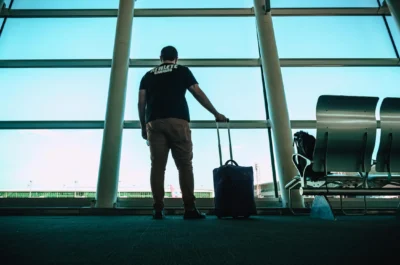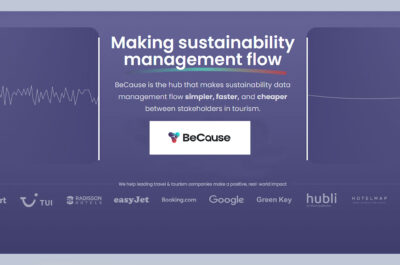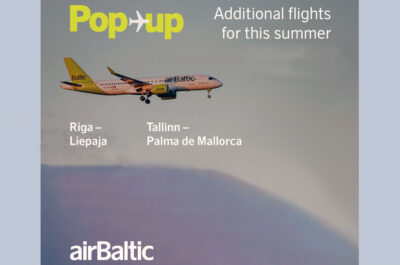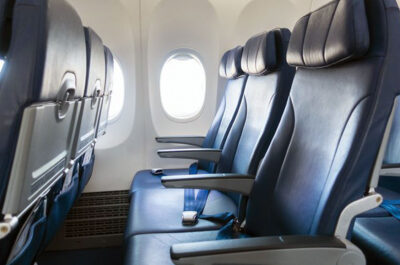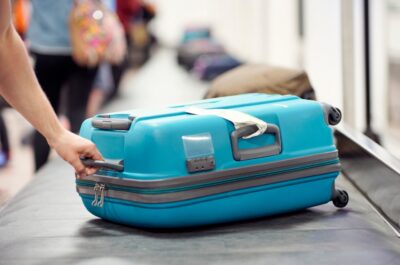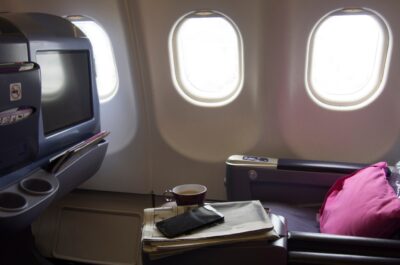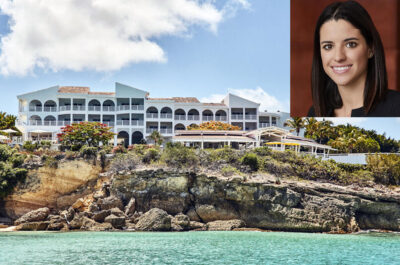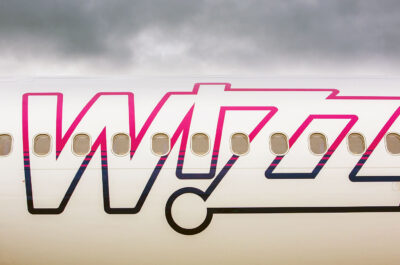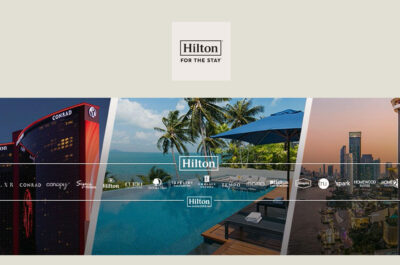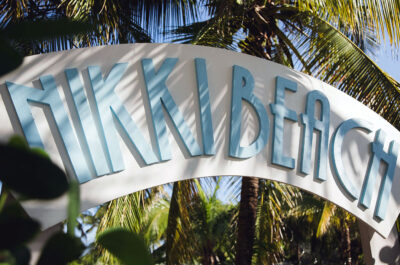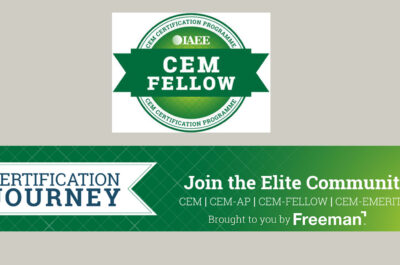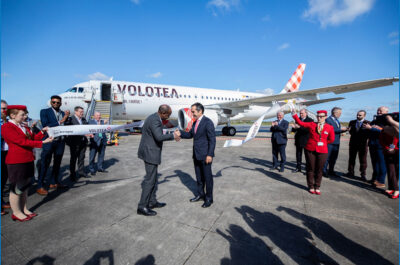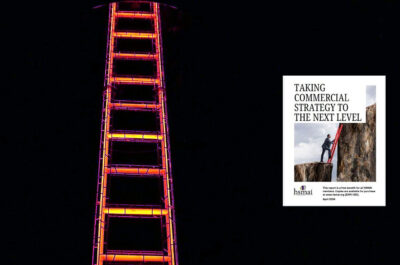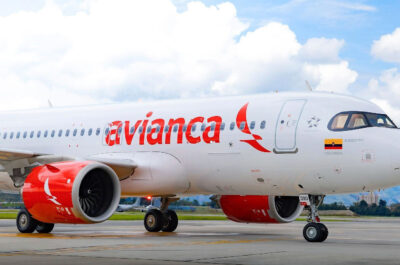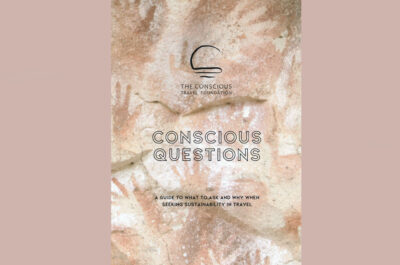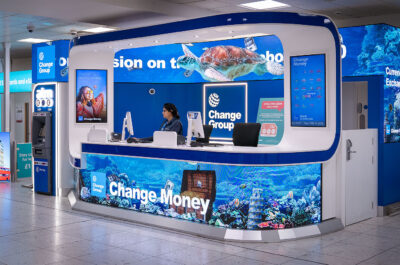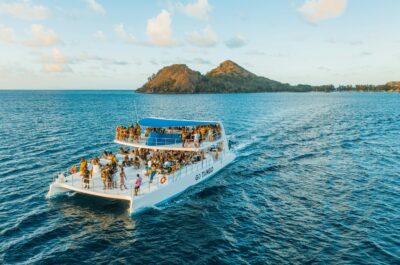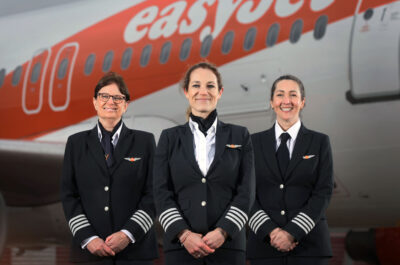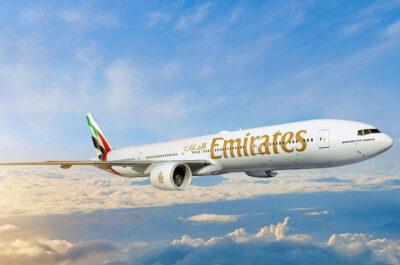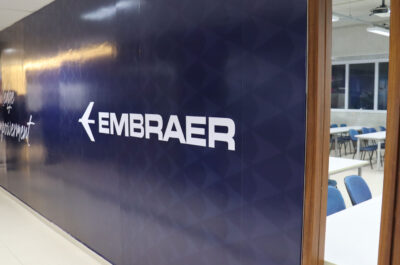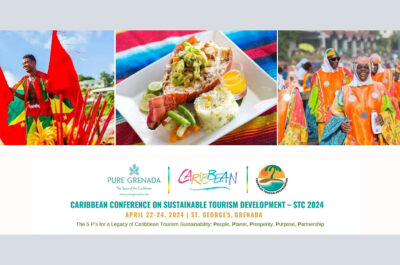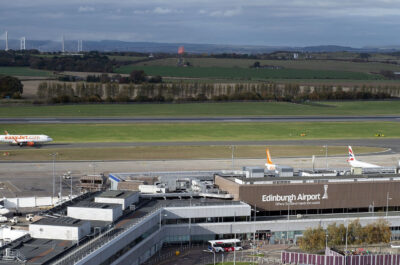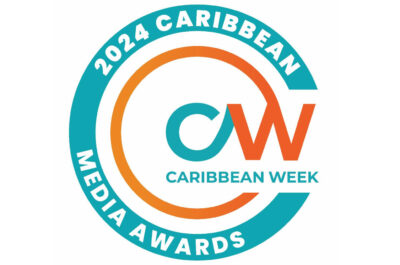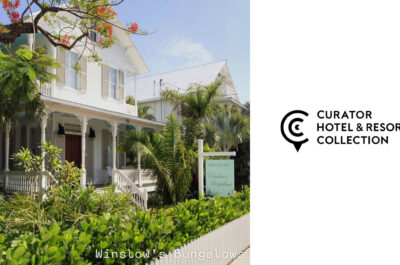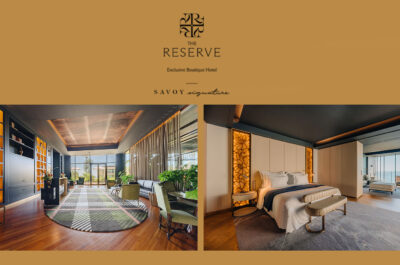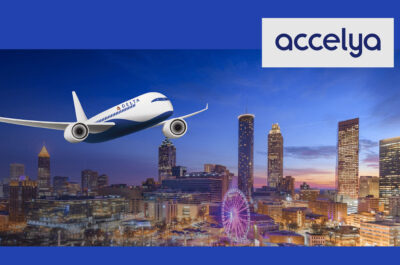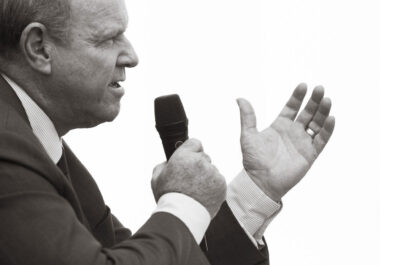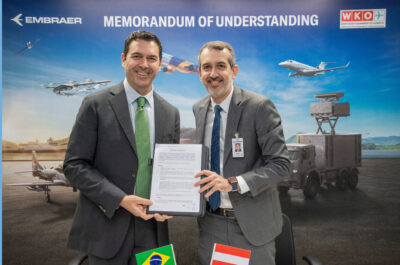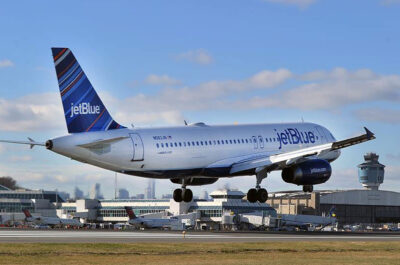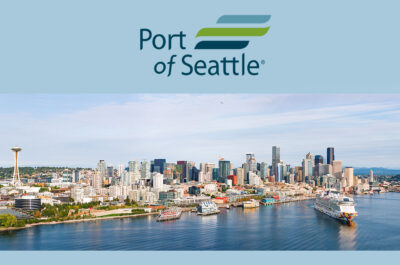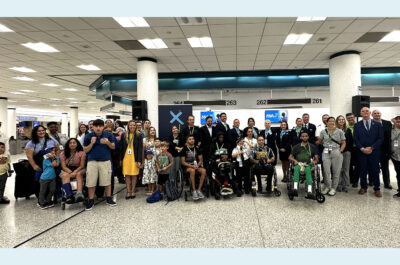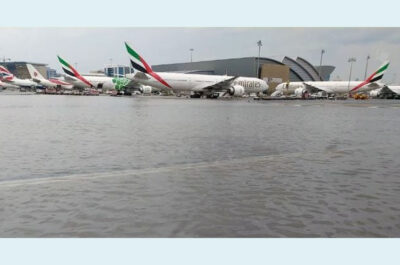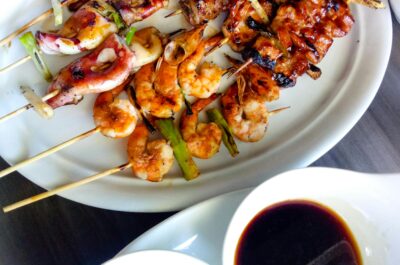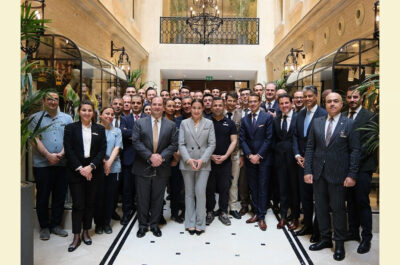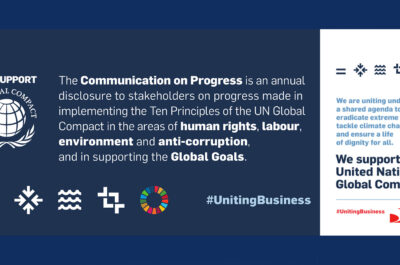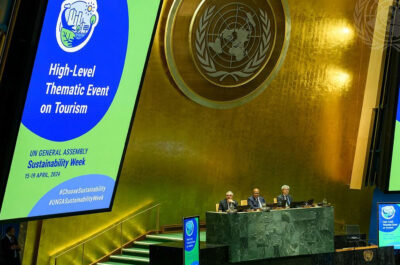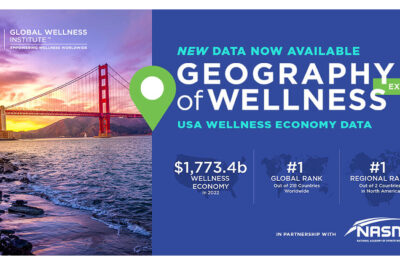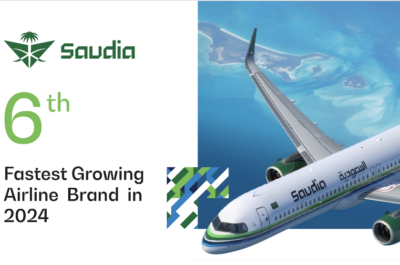
Frankfurt Airport.
CarTrawler Global estimate of a la Carte revenue yields regional details from the worldwide total of $57 billion.
DUBLIN, IRELAND & SHOREWOOD, WISCONSIN – IdeaWorksCompany, the foremost consultancy on airline ancillary revenues, and CarTrawler, the leading technology platform providing full end to end transport solutions for online businesses, recently estimated airline a la carte revenue at $57 billion worldwide for 2017. The CarTrawler Global Statistics of a la Carte Revenue adds regional details, comparisons to 2010 numbers, and a first-ever baggage revenue estimate, to the ancillary revenue figures in the earlier data (November 2017).
Each year IdeaWorksCompany, through the sponsorship of CarTrawler, analyzes the ancillary revenue disclosures for airlines all over the world. These results are applied to a larger list of carriers (which numbered 184 for 2017) to estimate ancillary revenue activity for the world’s airlines. A la carte activity is a significant component of ancillary revenue and consists of the amenities consumers can add to their air travel experience. These include fees paid for checked baggage, assigned seats, buy-on-board meals, early boarding, and onboard entertainment. Of these, the revenue from checked baggage looms large with $23.6 billion in estimated sales for 2017.
Aileen McCormack, CarTrawler’s chief commercial officer, said: “The huge increase of 308% for a la carte revenue since 2010 offers testimony to the growing popularity of the low cost airline model and the a la carte approach to pricing. Be it global network airlines like Emirates in the Middle East, ancillary revenue champions such as AirAsia and Ryanair, and even traditional airlines like TAP Portugal, all are becoming better retailers to encourage consumer spending and to boost returns for investors. Along with this growing retail expertise, car hire and hotel booking capabilities also allow airlines to better serve the entire spectrum of consumer travel needs.”
The 2017 Global Regions Snapshot table further demonstrates how a la carte activity varies by region. The prevalence of low cost carriers in a region actually drives the level of ancillary revenue; a higher concentration of low cost carriers (LCCs) boosts ancillary revenue and a la carte results.
- Europe leads the world for a la carte activity and LCCs generate an impressive 27% of operating revenue for airlines based in Europe and Russia. It’s no surprise the region is also tops for a la carte revenue as a percent of overall airline revenue. Ancillary revenue champs easyJet, Norwegian, and Ryanair have broad networks that have influenced the business models of every airline in the region. This has lifted the a la carte result to nearly 10% of the operating revenue for airlines based in Europe and Russia.
- North America has lower LCC penetration, especially with Southwest operating more like a traditional airline in terms of a la carte services. But here, it’s major airlines such as Air Canada, Delta, and United that have embraced a la carte methods. Look for increases here (and in Europe) as transatlantic airlines begin to add fees during 2018 for the first bag checked.
- Within Latin America, the market is rapidly changing with airlines such as GOL, JetSmart, and Volaris challenging the status quo of all-inclusive airline pricing. Regulations are also changing; during 2017 Brazil allowed airlines to charge fees for checked bags on domestic flights.
- The Asia/Pacific region has a long LCC tradition with the vast network reach of AirAsia Group leading the way. However, the region’s global network and traditional airlines have been far slower to adopt the a la carte methods now embraced by US- and Europe-based network airlines. Only within the last couple of years have regulators in China started to voice support for LCC development. Once the low fare model becomes prevalent in China, it’s easy to imagine how quickly this will be embraced by its consumers.
- Africa and the Middle East lag in low cost carrier and ancillary revenue development. The top a la carte revenue producing airlines are rated as such because of their large size, and not for aggressive retail activities. The region’s significant low cost carriers are limited to Air Arabia and flydubai which each posted ancillary revenue in excess of $300 million for 2016. The growth of LCCs and ancillary revenue is stifled by entrenched government control and ownership of airlines.
“Big things have small beginnings” is a quote from the classic movie Lawrence of Arabia. These words of wisdom clearly apply to the growth of a la carte revenue. What once was largely absent from Africa, Latin America, and the Middle East, has grown more than threefold to be a global revenue phenomenon that touches every region of the world. It most certainly is led by low cost carriers, but now is relied upon by traditional airlines in search of more revenue. Within every region, the transformation has been strikingly similar. Traditional airlines are compelled to match the pricing strategies of their LCC competitors. This begins within the region on shorter routes, and in the most developed regions, also becomes a factor for long-haul flights.
IdeaWorksCompany predicts the world will eventually match the results produced by Europe. Global low cost carriers will achieve an operating revenue share in excess of 25% and a la carte activity will represent 10% of overall revenue. This is indeed a “big thing” which delivers an array of choices for consumers. Many more travelers in Asia, Africa, and South America will enjoy a newfound ability to choose the maximum savings of a basic fare product or more comfort and convenience from an a la carte menu. Business models are changing and only the most skilled of airline retailers will flourish in this rapidly evolving environment.
Vicky is the co-founder of TravelDailyNews Media Network where she is the Editor-in Chief. She is also responsible for the daily operation and the financial policy. She holds a Bachelor's degree in Tourism Business Administration from the Technical University of Athens and a Master in Business Administration (MBA) from the University of Wales.
She has many years of both academic and industrial experience within the travel industry. She has written/edited numerous articles in various tourism magazines.
